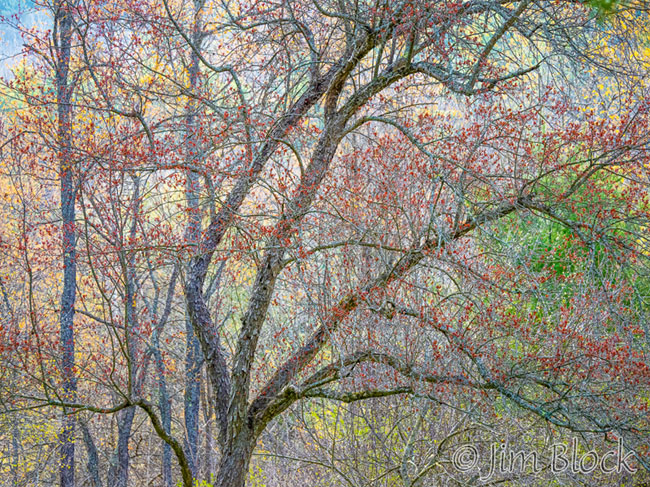
This Blog is dedicated to the flowers of May that Jann and I came across on our almost-daily walks. All but two species are wildflowers. The photos were taken in Hanover, Lebanon, Enfield, Wilder, Norwich, and Sunapee.
So why the tree photo? Well, I like the photo, and it shows that the new buds of spring can make trees look like it is autumn. Full disclosure, I have inserted a few photos from previous years taken at the same locations as recent ones.
One of the earliest spring flowers, Bloodroot is accompanied by a single large leaf which embraces the blossom as it emerges. The flower opens in the light of day and closes at night. It is named for the reddish liquid alkaloid in its rhizomes.
Bluets can spring up in amazing masses of tiny blue flowers, as in this Hanover scene.
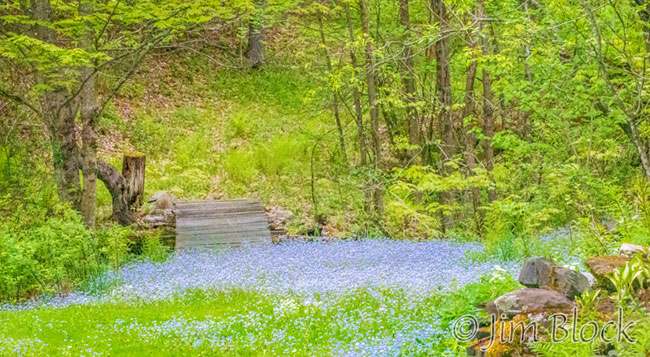
Down low and up close, they can look very delicate, almost mystical. This photo was taken in the off-leash area at Kilowatt South with many dogs happily scampering nearby.
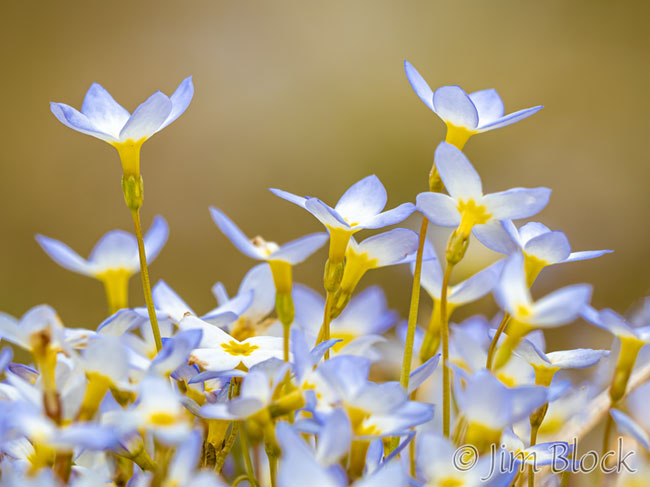
A slightly similar-looking blue flower is the five-petaled Wood Forget-Me-Not.
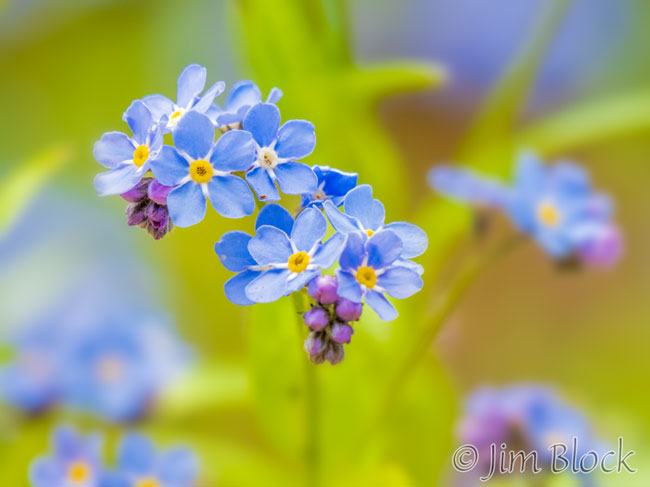
Another blue flower is one of my favorites. A few erupt in our yard every spring. It is the Blue-eyed Grass. They are not grasses at all but rather members of the Iris family. The six-petaled flower is barely 1/2 inch wide.
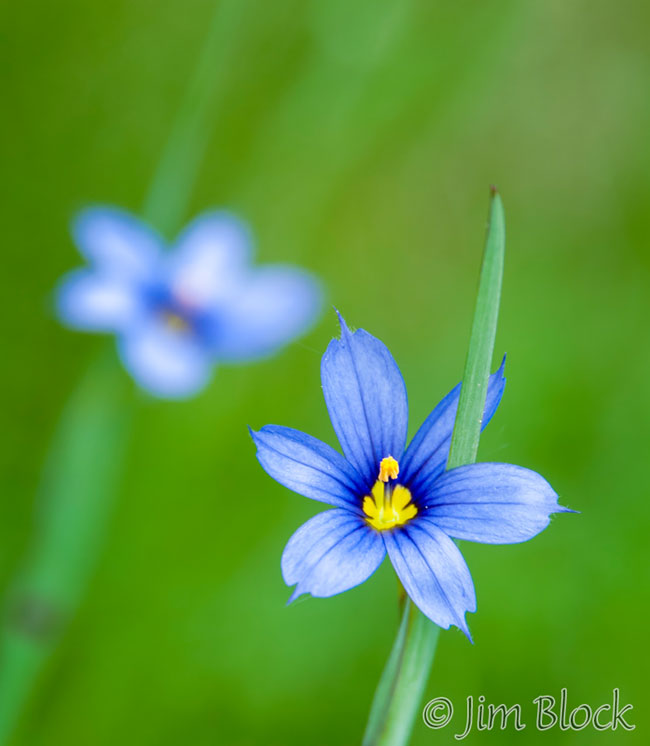
Continuing with the blue flower theme, here is a Common Flax we recently found along the Mascoma River Greenway.
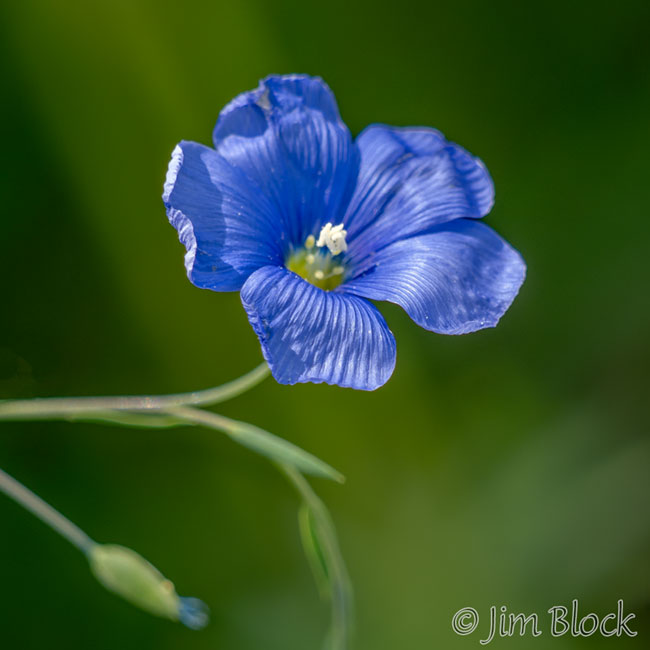
Another favorite spring blue flower is not a wildflower but an Iris cristata, the Crested Iris.
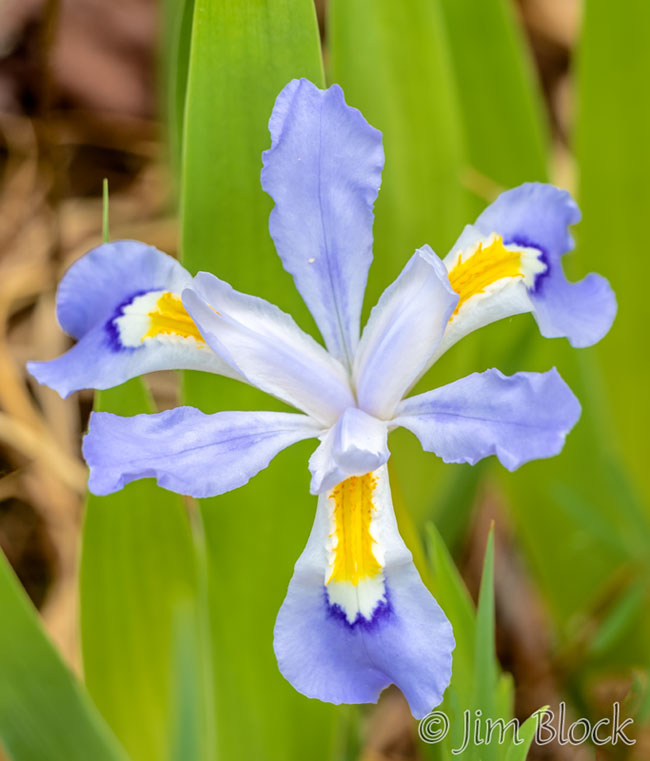
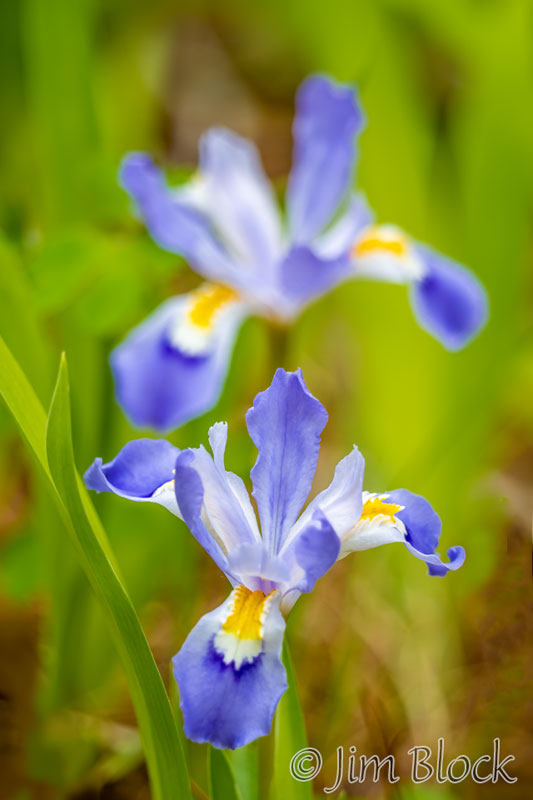
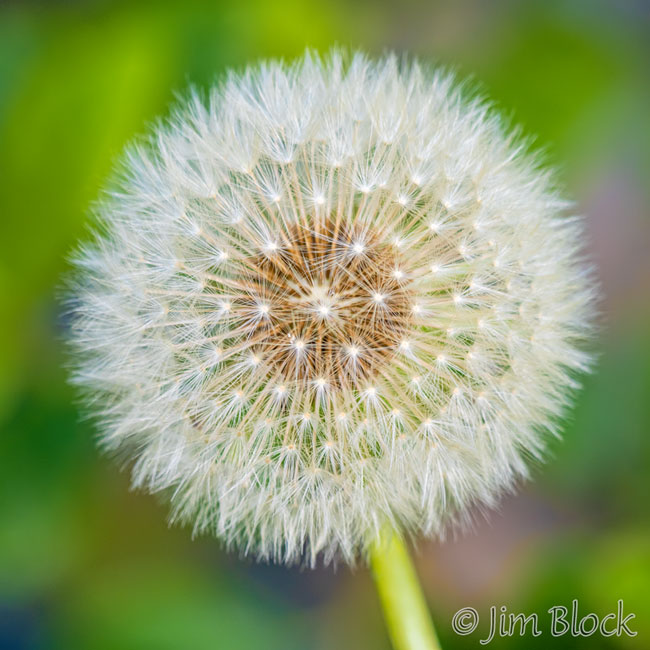
Where did that dandelion come from? Actually, Lebanon, but it boasts an orderly pattern and provides a transition from the blues to the whites.
Here are some Bunchberries, a member of the dogwood family.
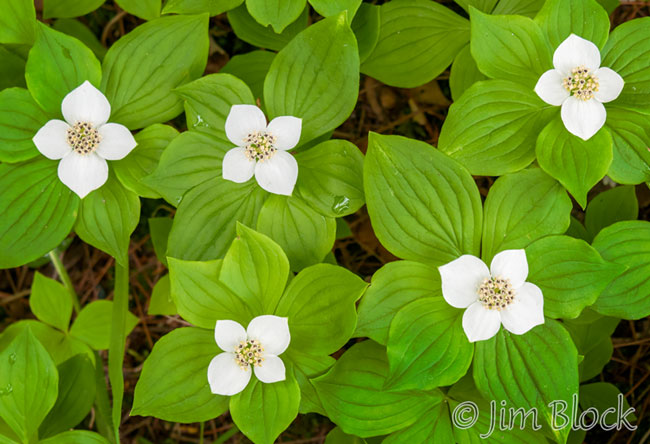
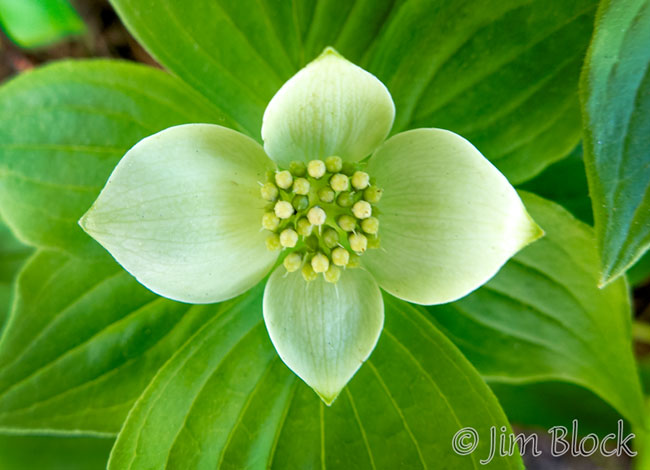
The Starflower is a tiny woodland perennial wildflower that blooms in May and June.
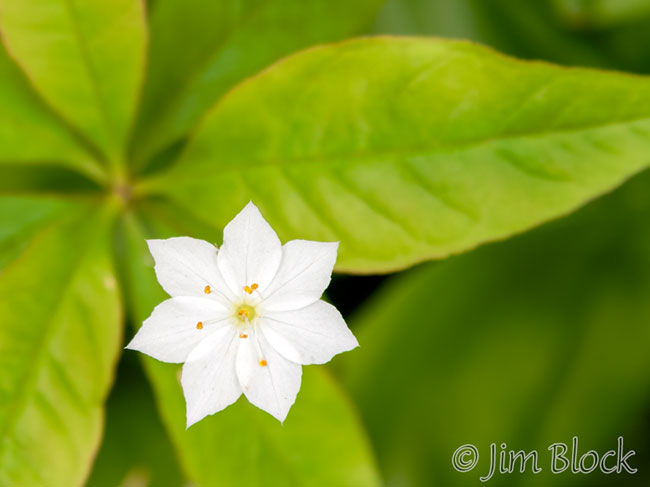
A few days ago we found these strawberry-like flowers on a walk in Lebanon. I believe they are Allegheny Blackberry.
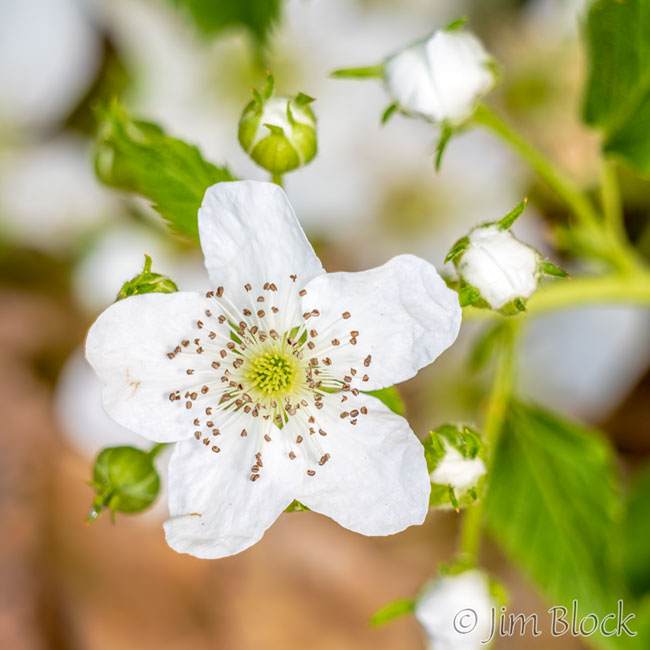
The Hobblebush is encountered on many hikes through the forests of northern New England. It is a scraggly, sprawling shrub that favors moist deciduous forests up to about 3,000 feet in elevation. The photo below was taken in Etna. Some of these shrubs grow near our driveway.
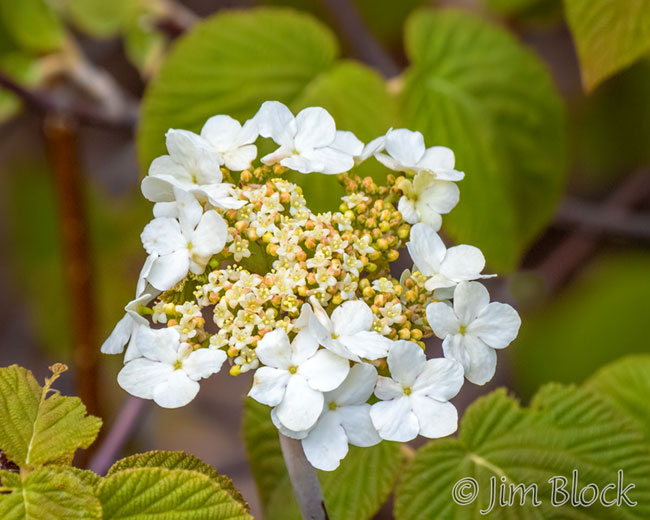
Hobblebush blooms early in spring before the hardwoods get their leaves and block the sun. It has a complex flower. Its large five-petaled flowers, about an inch across, are sterile. Their function is likely to attract insects to pollinate the inner cluster of fertile flowers.
Hobblebush has large, round, slightly pointed heart-shaped leaves. If you try to walk through a group of them, its sprawling branches will hobble you — trip you up.
Magnolia is a large genus of deciduous and evergreen trees and shrubs with beautiful white flowers. Here are two photos from a hike in Norwich.
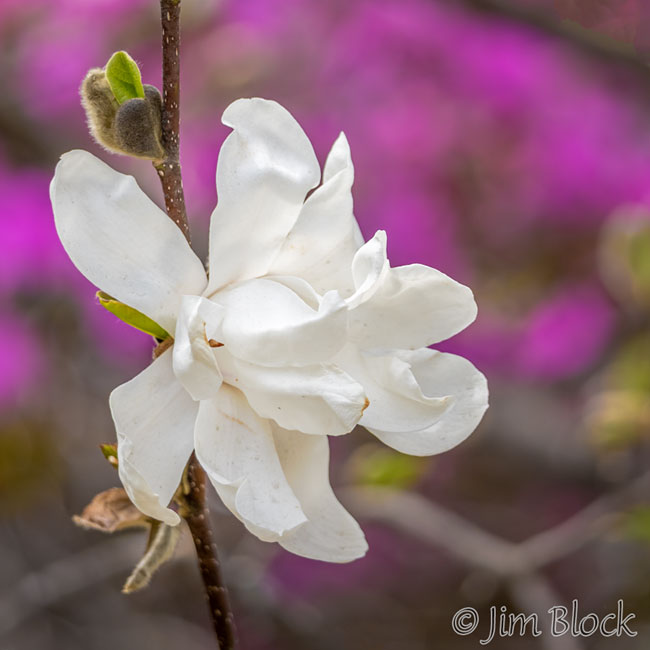
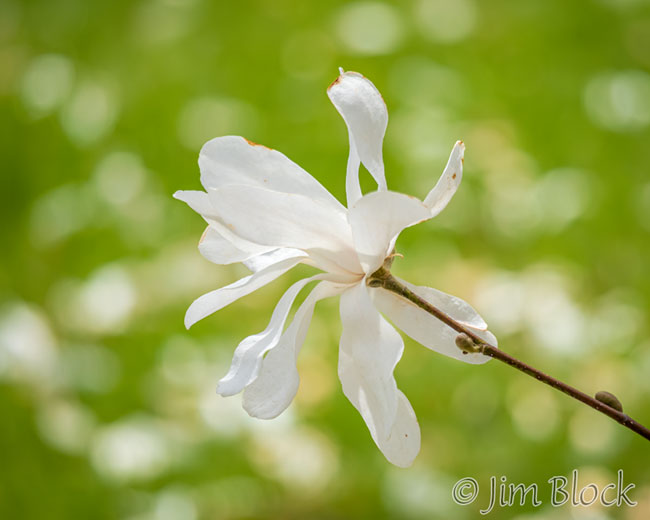
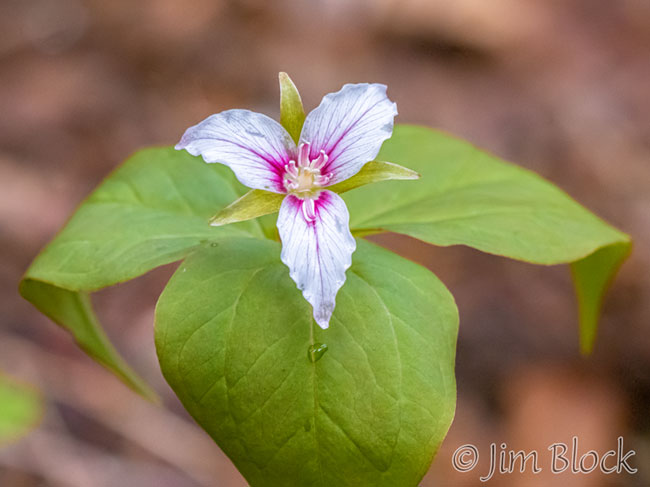
Trillium can be found in the woods during early spring walks. The Painted Trillium above was photographed mid-May along Bicknell Brook in Enfield.
Here is a brief show of Purple and Painted Trillium.
There is a special spot in Sunapee where a Pink Lady’s Slipper has emerged for at least 20 years. The photo on the left below was taken in 2020. The one on the right is from the exact same spot in 2013.
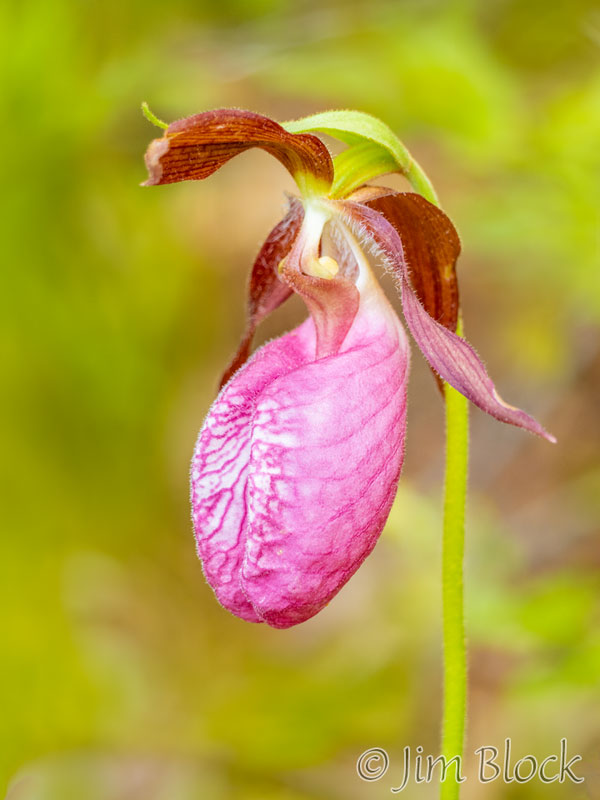
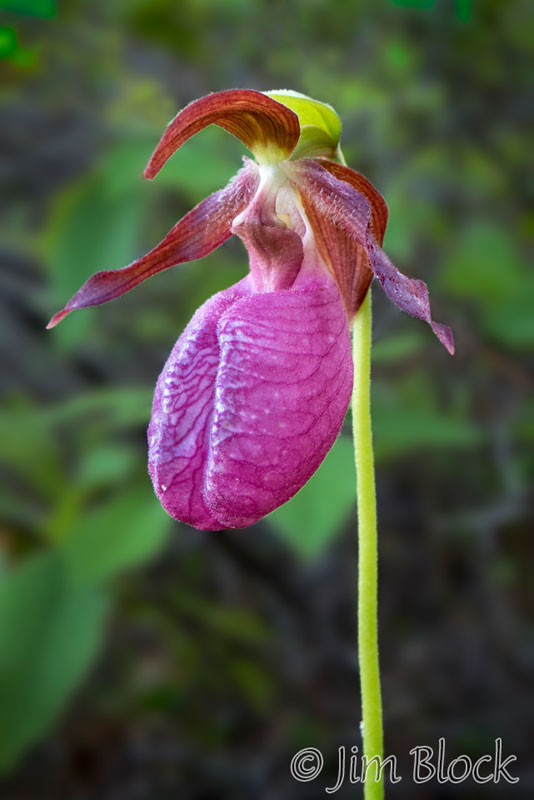
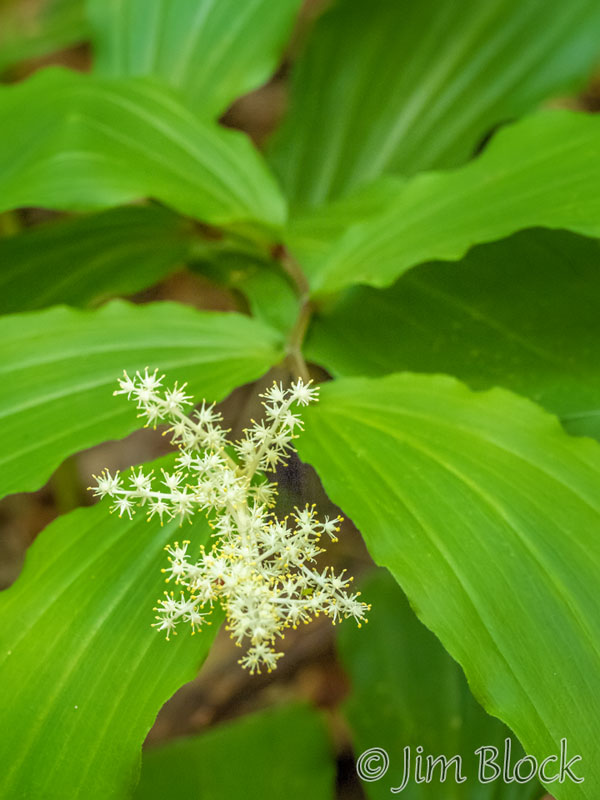
False Solomon’s Seal, also called “Solomon’s plume” is in the lily family. It can be found all across North America. It can be abundant in both moist and dry forests, along stream banks, and on rocky, wooded slopes.
Its blooming period is from spring to early summer and lasts about 3 weeks. The flowers are pollinated by small bees, flies, and beetles. Each flower is replaced by a bright red berry which can be red and purple-striped at maturity.
Golden Alexander is a plant in the carrot family that occurs naturally in small colonies on wet soils. It prefers wet sites, but is very tolerant of dry conditions in summer. Golden Alexander provides food for Black Swallowtail caterpillars.
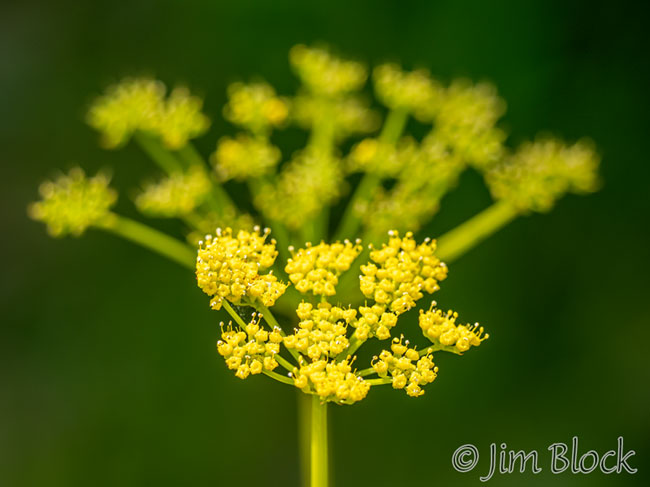
Ragged-Robin is native to Europe. It is an introduced species in the United States and has become naturalized in parts of northern US and eastern Canada. It is a moisture-loving plant attractive to dragonflies, bees, and butterflies. We found some along the western part of the Mascoma River Greenway.
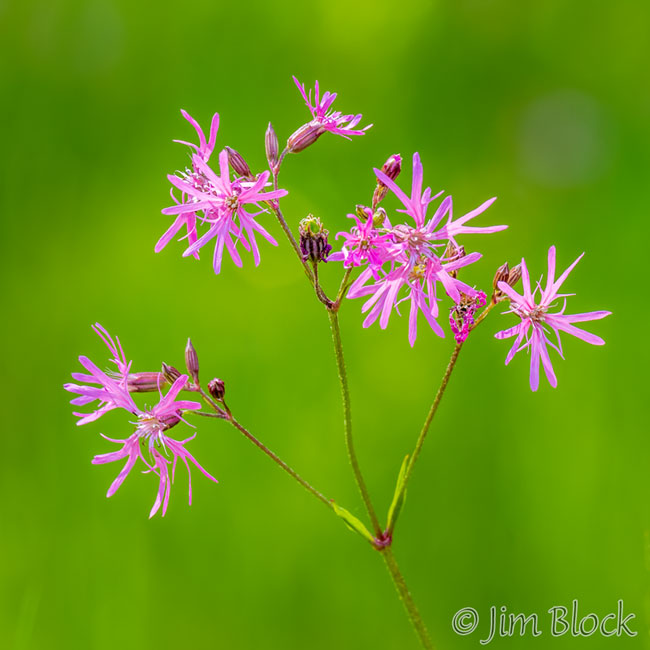
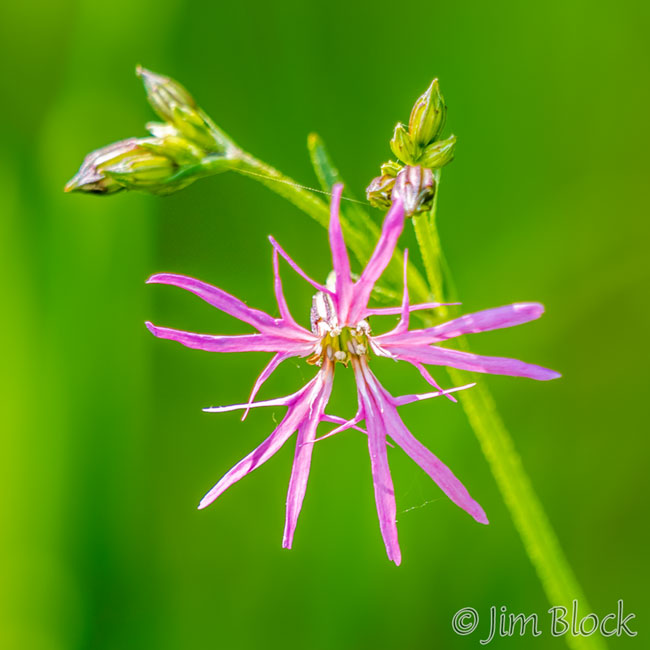
I saved a favorite of many people for last. Lupines are flowers of mid-June in this area, but I found some emerging recently at the King Bird Sanctuary.
If you would like to see photos of lupine in an Etna neighbor’s yard taken three years ago you can CLICK HERE.









